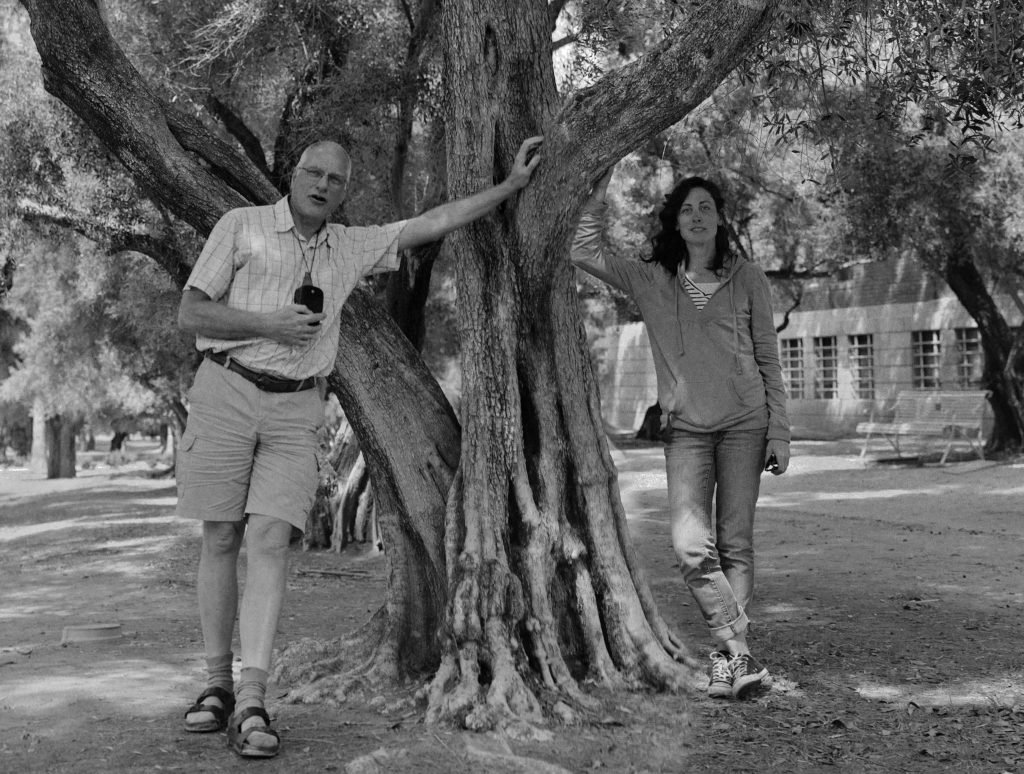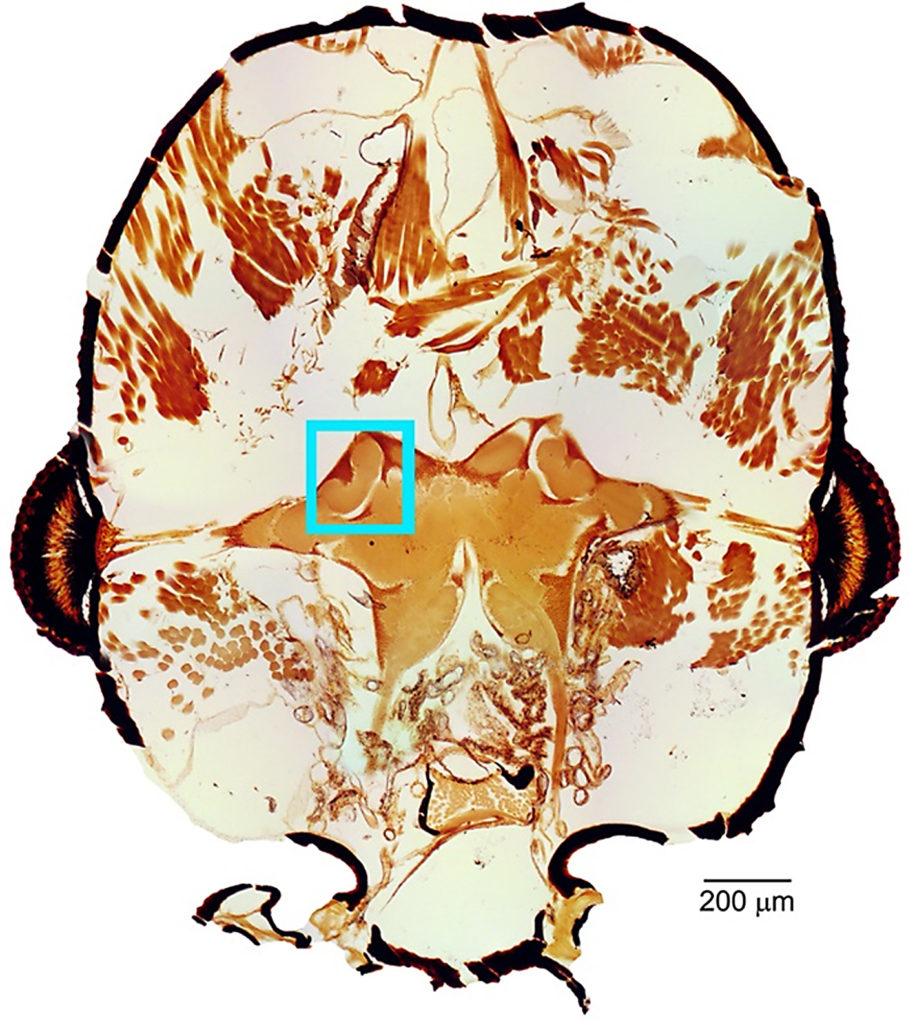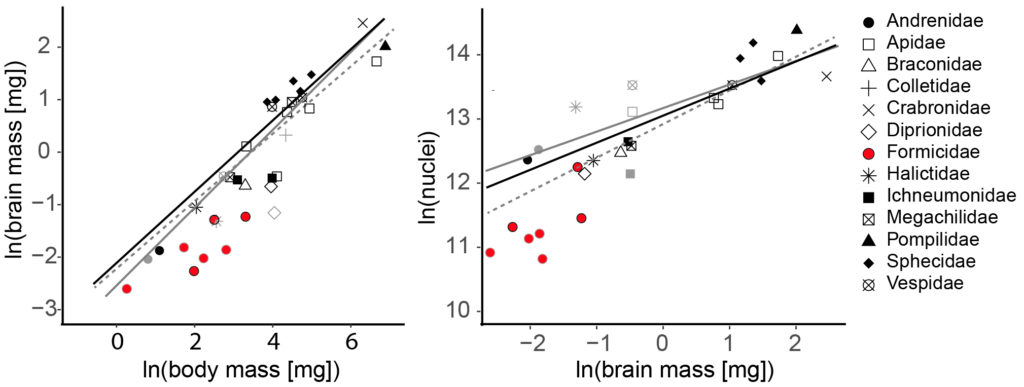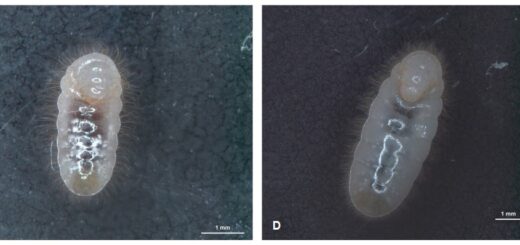Ant brains: marvelous atoms of matter
Rebekah Keating Godfrey was a graduate student in the Wulfila Gronenberg lab at the University of Arizona. The two are interested in the neuronal control of behavior at different levels of behavioral complexity. In their lab, they favor the comparative approach towards neuroethology, focusing on the brain and behavior of Hymenoptera (bees, ants, and wasps) and some arachnids (spiders and their kin). Here, Rebekah and Wulfila share some information on their research on ant brains and how amazing ant brains are.
A View by Rebekah Keating Godfrey and Wulfila Gronenberg

Charles Darwin was intrigued by ants and their behavior (e.g. slave-making Formica species; “On the origin of species…” 1859), but perhaps even more so by their brains [“…the brain of an ant is one of the most marvelous atoms of matter in the world, perhaps more so than the brain of a man…” (“The descent of man“; 1871)]. While we now know quite a bit more about brains of humans and ants than Darwin knew 150 years ago, we still don’t know how the ant brain controls slave-making. Nor do we know what makes a hymenopteran brain ‘social’, be it in ants, bees, or wasps.
In fact, we don’t really know that for mammalian brains either. Humans, of course, are highly intelligent (many of them, at least) and social (albeit not ‘eusocial’), they use and shape tools, have theory of mind, and can converse in one or more languages. They have exceptionally large brains for their body size and a particularly large cerebral cortex (ca. 80% of total brain mass compared to 10% in a hedgehog) with a remarkably high number of nerve cells (Herculano-Houzel 2009).
Herein lies the crux of the matter: it is the number of nerve cells (and their connections, the synapses) that gives a brain its computational power. Think of it as the transistor count of your laptop’s or smart phone’s CPU. The more, the better. But the more, the hotter your phone gets. In terms of nerve cells: the more cells, the more energy the brain uses. And brains do use a lot of metabolic energy (think: food requirements). Therefore, brains will not have more neurons (processing power) than necessary to survive in a particular environment.


We myrmecophiles think of our pet species as being pretty smart. They are. And they have many brain cells, roughly 50,000 – 150,000, depending on species and body size.
So, considering the ants’ body size, is their number of nerve cells extraordinary?
No. Any bee or wasp of comparable body size, social or solitary, has more nerve cells than our formicine friends. Even the lowly fruit fly does. For instance, a Dorymyrmex bicolor worker (body mass ca. 1.3 mg) has about 50,000 brain cells, yet a considerably smaller fruit fly (body mass ca. 0.1mg) has about twice as many brain cells.

Why is that? We think a major reason is that ant workers don’t fly, and most ants do not rely on vision as much as flying insects. Flight control is mainly visual and requires a lot of very fast visual processing. In a fly, the visual centers comprise almost half of the entire brain mass whereas, in a ‘typical’ ant worker, the visual centers make up only about 2% of the brain (in contrast, in an extremely visual ant such as Gigantiops destructor, the visual centers can make up about 25% of the total brain volume).
How do we know?
Counting cells section by section from thin brain slices is extremely tedious work. Therefore, data exist only for very few insects (honey bee, house fly, and fruit fly) but not for any ants. However, a clever method developed relatively recently for vertebrates (Herculano Houzel and Lent, 2005) can save a lot of time: brains are homogenized (squished) in a known amount of liquid, so that all cells are destroyed and only the cell nuclei stay intact, which are then stained with a fluorescent marker. Small samples are drawn from this ‘brain soup’, and nuclei are counted using a cell-counting microscope slide (hemocytometer). Nuclei counts from those small samples are then extrapolated to the total volume of the ‘soup’ to yield the number of cells in a brain. We have so far compared a handful of ant species and a number of other Hymenoptera covering a large range of body and brain sizes.
Compared to humans, our formicine pets use fewer tools and have simpler languages and tiny brains. But they do pack more cells into those brains: scaled up from a 0.1 mg ant brain to a 3-pound human brain with roughly 90 billion nerve cells, the giant ant brain would have more than 500 billion cells. Each of those gargantuan ants would probably speak more than 10 languages fluently.
References:
Herculano-Houzel, S.2009: The human brain in numbers: a linearly scaled-up primate brain. – Frontiers in Human Neuroscience 3: 31. https://doi.org/10.3389/neuro.09.031.2009
Herculano-Houzel S. & Lent R. 2005: Isotropic fractionator: a simple, rapid method for the quantification of total cell and neuron numbers in the brain. – Journal of Neuroscience 25:2518-21





Hey – really nice read. Use a CNN (convolutional neural network) for segmentation to count these cells from the sheet pictures. I think this would speed up your work with 98% accuracy – food for thought.